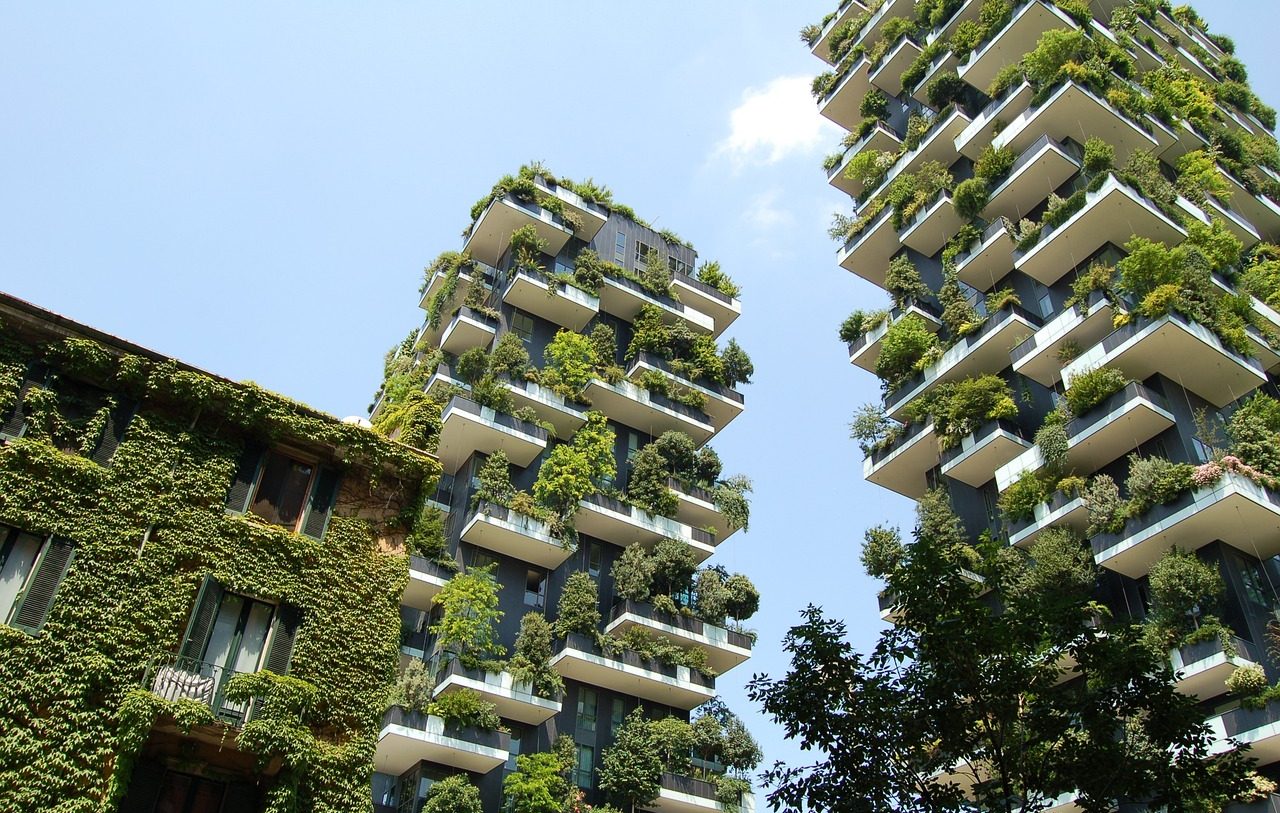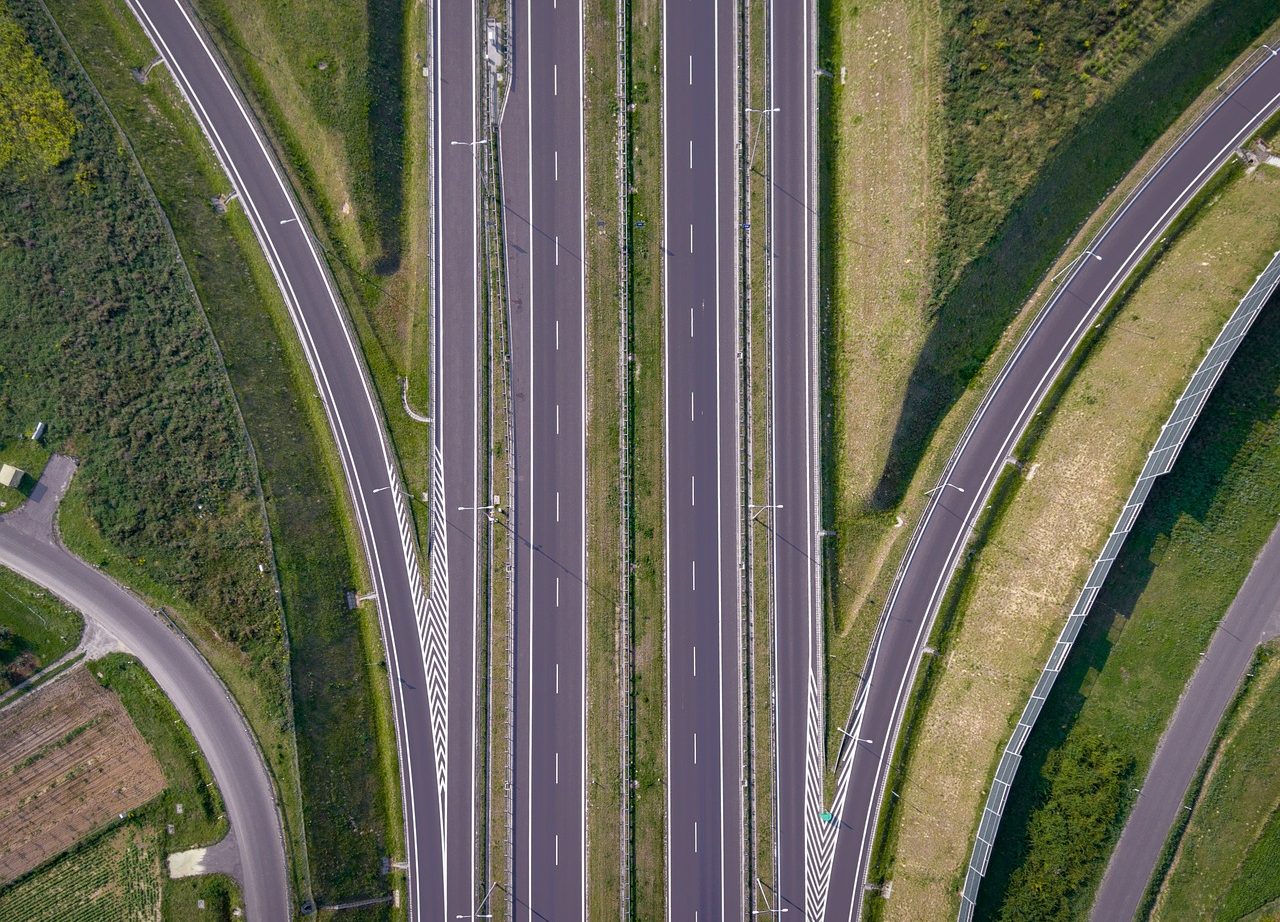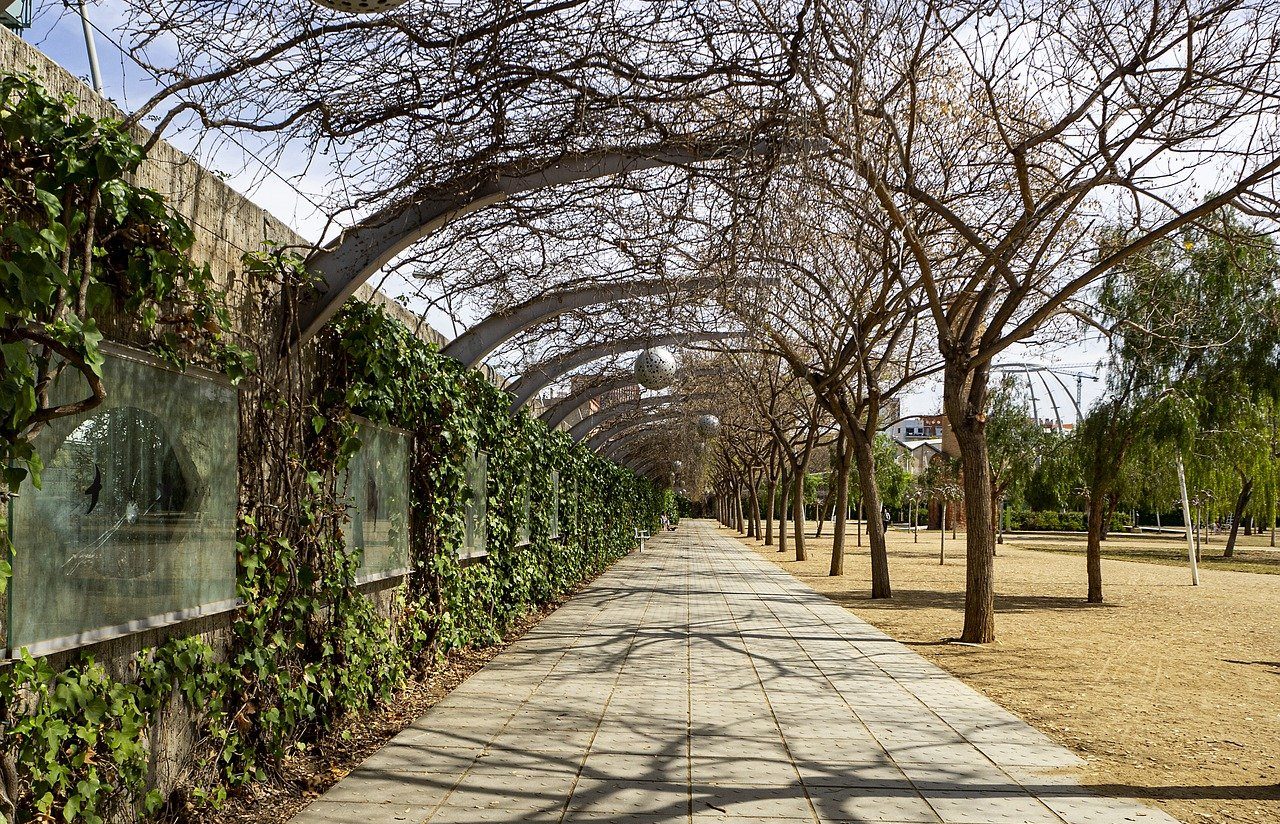
Parks, vertical gardens, urban forests and actions linked to water reuse and treatment are included within the elements and measures that are related to green infrastructure.
Green infrastructure is a concept that refers to works that are developed with an ecological perspective and strategies focused on enhancing the environment to improve the quality of life of living beings, enhance the importance of nature and, ultimately, take care of to the planet.
It is a notion, sometimes also defined as natural or ecological infrastructure , that over the last few decades has been gaining prominence in urban planning projects and works.
What is classified as urban green infrastructure (IVU) has become a necessary ally on an international scale to, for example, confront the effects of climate change . It is a great solution that provides urban centers and metropolises with multiple benefits and helps them face different threats and meteorological problems in the most convenient way possible. In different corners of the world, we are betting on urban green infrastructure , as can be seen from reality, to promote biodiversity , mitigate the consequences of droughts , improve water quality, keep temperature under control, etc.
Types of green infrastructure
Although the general concept is linked to the idea of ecological urban planning , it is possible to recognize several types of green infrastructure . On the one hand, the aforementioned urban green infrastructure (IVU) is distinguished, but it is also common to refer to a semi-natural green infrastructure .
The green streets , urban forests and vertical gardens , to list a few references, are part of the first of the aforementioned groups. The green walls and all that work with vegetation designed by humans, meanwhile, feed the second group.
Nor should we lose sight of the profile of green road infrastructure , an expression that is applied to road construction and layout projects and works in which engineering issues, social aspects and environmental criteria are integrated. The objective is to generate the least possible impact on ecosystems with said urban development . To this end, it is recommended to design and implement wildlife passages and hydraulic structures that enable the normal movement of the species that inhabit the region.

Ecological roads are designed with an environmental perspective, surrounding them with vegetation and using sustainable materials and modern technologies in their construction in order to minimize the use of natural resources and the carbon footprint.
Importance and benefits
There are many benefits of green infrastructure , which is why it is essential to inform yourself about it and know what the limitations are but also the advantages of this type of projection, organization or configuration of urban environments.
According to specialists on the subject, beyond the attractive visual result obtained thanks to vertical gardens , green roofs , garden terraces and urban trees , green infrastructure improves urban resilience .
The quality of the air and water shows positive changes and the risk of suffering from certain diseases (especially those linked to the respiratory system) is significantly reduced, as well as a decrease in the impact of urban heat islands by appealing to infrastructure. green .
It is also part of the essential measures for erosion control , climate change mitigation and achieving water security . Promoting biodiversity in the city, the conservation of ecosystems and the reduction of urban pollution are other contributions of green infrastructure .

An urban park is a green public space that offers the community a recreational place in the middle of the city to connect with nature and carry out multiple outdoor activities (bird watching, physical exercise, rest, games and more). .
Examples of green infrastructure
By paying attention to announcements and news that come to light in different countries, many examples of green infrastructure can be seen.
In Santiago de Chile , to describe a specific case, Stgo+ Green Infrastructure was born, a project that aspires to establish a territorial planning and management system that comprehensively contemplates economic growth , environmental protection and urban development . It is a plan that seeks to address both urban and peri-urban green spaces with the aim of constituting Santiago as a healthier, more efficient, resilient and equitable city.
In the Autonomous City of Buenos Aires , meanwhile, urban green infrastructure actions have been implemented and planned. The multiplication of green roofs and vertical gardens , urban forestation and the development of more and more public green spaces appear as examples of this decision to improve the landscape and quality of life within the Argentine capital.
It is also interesting to know that authorities from the Colombian city of Bogotá met with their Brazilian counterparts from São Paulo and agreed on a joint work agenda with a view to protecting biodiversity and combating the effects generated by climate change based on sustainability and nature conservation .
In Quito ( Ecuador ), on the other hand, the approval of a green-blue ordinance aimed at trying to adapt to the climatic reality of recent times and lower the percentage of risks associated with meteorological phenomena was unanimous. Thus, progress has been made in reforestation tasks, and in the collection of waste present in natural environments, for example.
